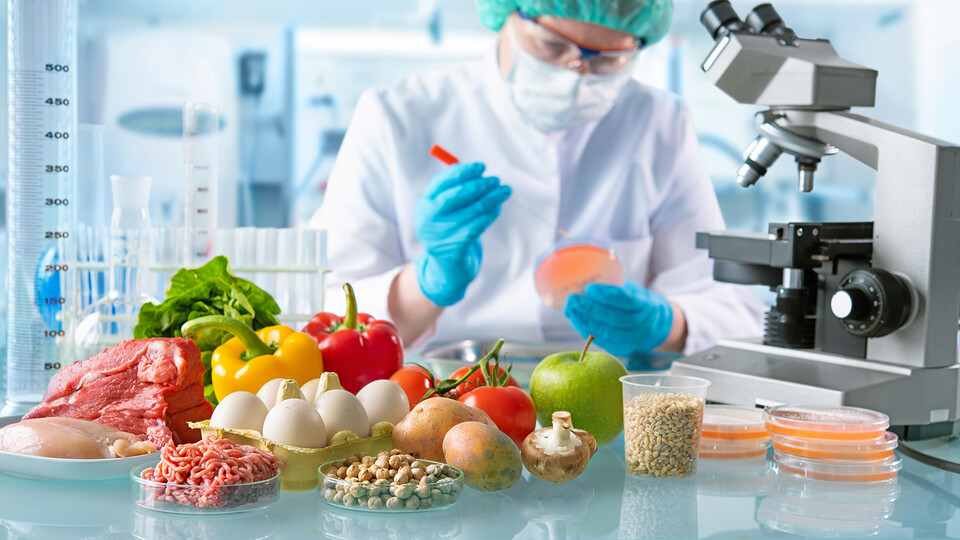Food Science and Technology Department

Department of Food Science and Technology: Faculty Publications
Document Type
Article
Date of this Version
9-2012
Citation
Food Additives and Contaminants: Part A (September 2012) 29(9): 1,347–1,355
doi: 10.1080/19440049.2012.698399
Abstract
The major allergen parvalbumin was purified from cod muscle tissues, and polyclonal antibodies were raised toward it. The antibodies were tested for specificity, and an enzyme-linked immunosorbent assay (ELISA) was developed using these antibodies. The ELISA was applied to measure parvalbumin in cod skin, the starting material for fish gelatin made from deep sea, wild fish. The ELISA was sufficiently sensitive (LLOQ = 0.8 ng ml–1 in extracts, corresponding to 0.02 μg of parvalbumin per g of tissue) and did not cross-react with common food constituents. Fish gelatin, wine, and beer, matrices for the potential use of this ELISA, did not cause disturbance of the assay performance. The data show that the parvalbumin content in cod muscle tissue is 6.25 mg g–1, while the skins contained considerably less, 0.4 mg g–1. Washing of the skins, a common industrial procedure during the manufacturing of fish gelatin, reduced the level of parvalbumin about 1000-fold to 0.5 mg g–1, or 0.5 ppm. From 95 commercial lots of fish gelatin it is shown that 73 are below 0.02 mg g–1 parvalbumin. From the other 22 lots, the one with the highest concentration contained 0.15 mg g–1 of parvalbumin. These levels are generally assumed to be safe for fish-allergic individuals.

Comments
Copyright © 2012, Taylor and Francis. Used by permission